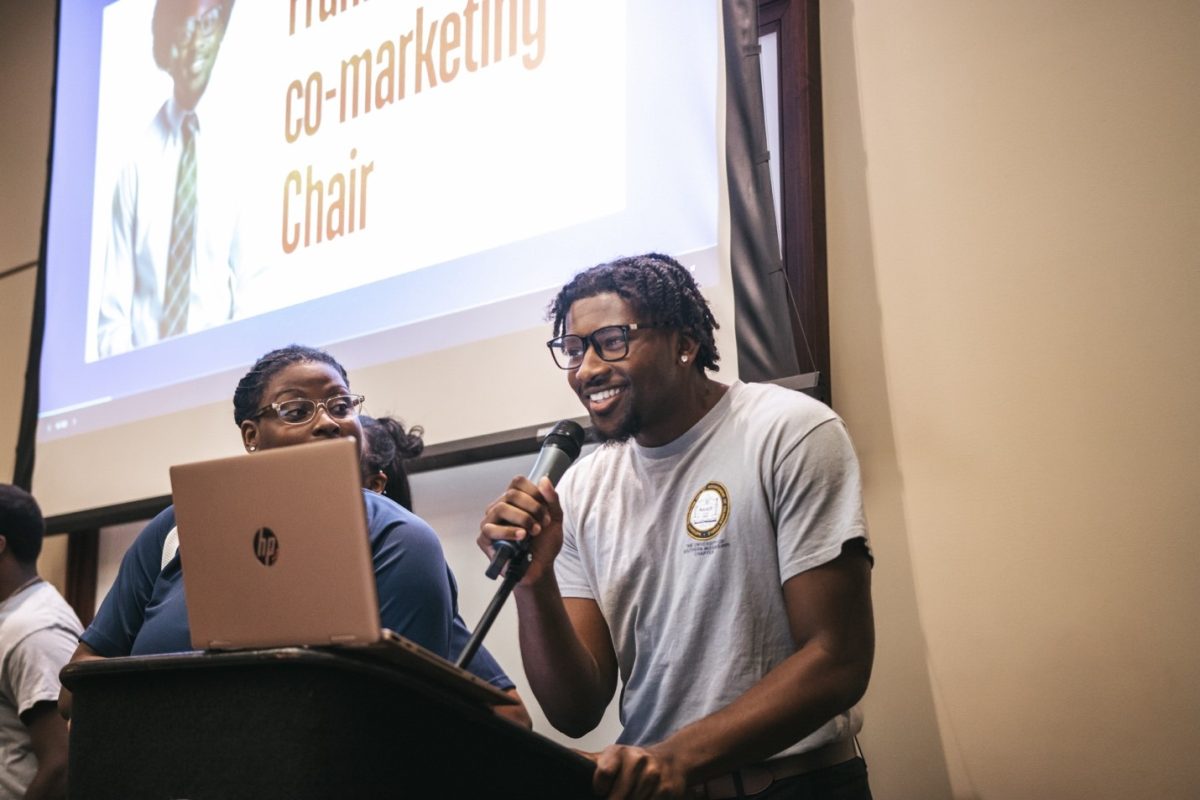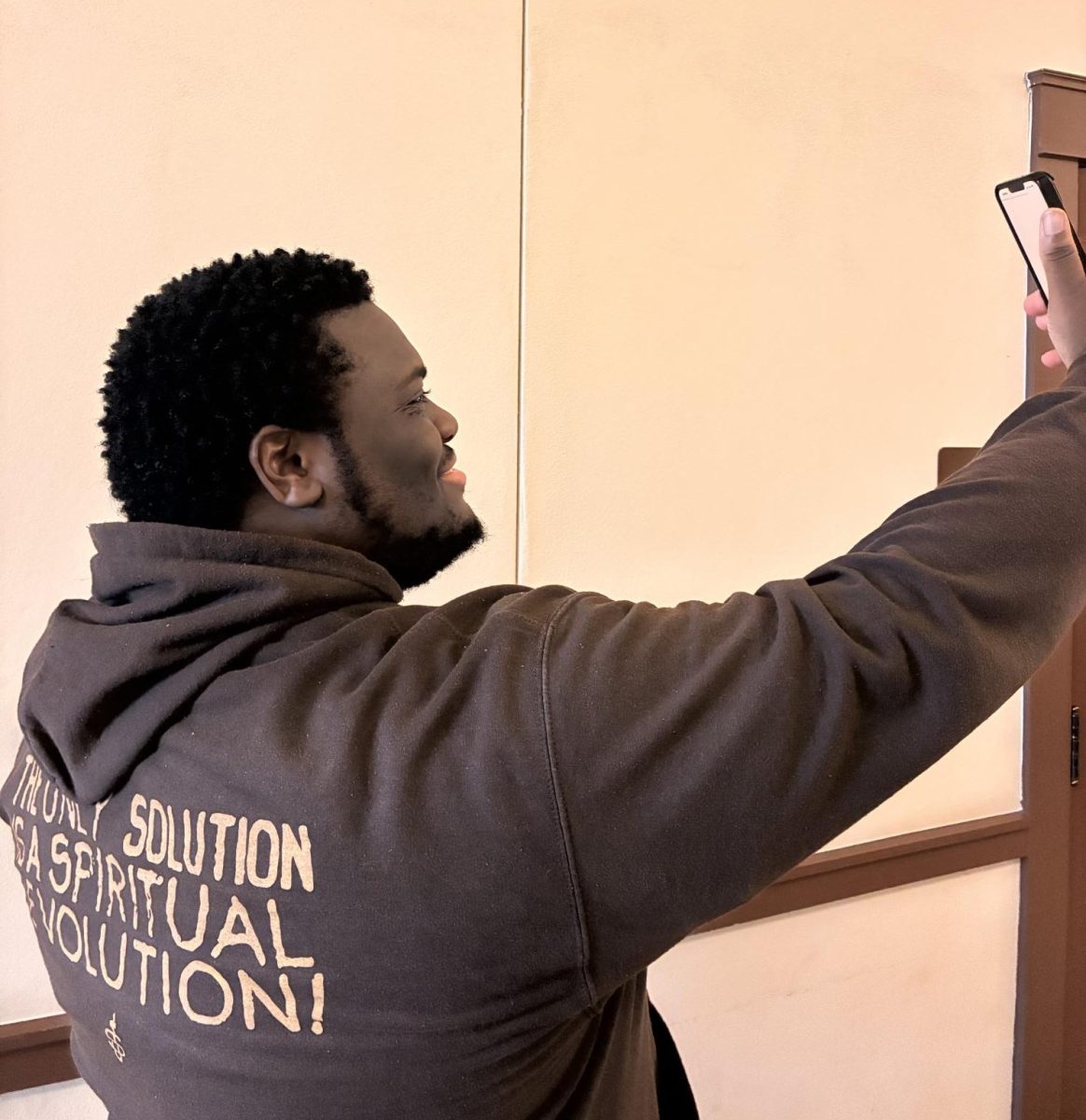
Perceived by some to have “girls only” scrawled in crayon on yellow construction paper that hangs from the entrance to a pillow fort, feminism is beginning to have an increasingly higher male participation rate as equality, for some, becomes more desirable than power.
Feminism, also known as the Women’s movement, is a tri-movement campaign fighting for the rights and equality of women. The first wave occurred in the late 19th and early 20th centuries, the second wave ran from the 1960s into the 1990s and the third wave began in the mid-1990s and has not stopped, being “informed by post-colonial and post-modern thinking,” according to an article by Martha Rampton, a history professor at Pacific University.
An oftentimes forgotten part of the feminist movement is the male feminist, according to an article by Noah Berlatsky, a contributing writer for The Atlantic. “There actually is a long tradition of male feminism in Europe and North America, dating back at least 175 years to the famous ex-slave and abolitionist Frederick Douglass,” Berlatsky said.
Abolition and women’s suffrage are interwoven in American history. Douglass was among a handful of men who attended the women’s rights convention in 1848.
“After the Civil War, Douglass had tactical disagreements with many women’s rights activists,” Berlatsky said. “Douglass felt that there was more ‘urgency’ to give the (right to) vote to black men through the 15th Amendment, neatly shelving the small fact that black women were still denied
the ballot.”
Douglass’ support for female suffrage never ended, however, with his 1888 reading, “I believe no man, however gifted with thought and effect, can voice the wrongs and present the demands of women with the skill and effect, with the power and authority of woman herself. The man struck is the man to cry out. Woman … is her own best representative.”
John Stuart Mill introduced the first bill in the British Parliament calling for women to receive the right to vote. John Stoltenberg created the group “Men Can Stop Rape” and wrote radical feminist works. Adam Jones is a political scientist who analyzed gendercide—violent acts because of gender-related issues—through feminist theory.
These people are not perfect, but that does not mean that “these men aren’t real feminists,” according to Berlatsky. “The fact that Mill or Douglass or Stoltenberg or Jones have flaws is all the more reason to point to their examples,” he said. “It reminds us that male feminists are neither new nor perfect, but they make important contributions to the advancement of women.”
Some people believe that male feminists are impossible and incongruent with what the feminist movement stands for. “Male feminism requires constant modification and direction from women,” said Sarah Ali, a contributor for Medium.com. “(The male feminist) relies on the labour (sic) of women in the same way his non-feminist counterpart does.”
She questioned the difference between women doing house work and women validating male feminists. “In both cases, cis-men are using the labour of women to do things that, really, they should be able to do on their own,” Ali said.
Male feminism is patriarchy—a social system where men rule—in women’s clothing, according to Ali.
Others disagree with this viewpoint, arguing that feminism is just the fight for equality.
“If one defines feminism as the belief in equality of both sexes, then sure. And I think that’s how a lot of sociologists actually define feminism,” said Matt Ward, professor of sociology at USM’s Department of Anthropology and Sociology.
Patriarchy is perhaps the most prominent issue feminism combats, according to Ward. “(Patriarchy) affects women’s roles in the economy, the family, the workplace and politics,” said Ward, who then detailed the effects of traditional gender roles on people, especially men.
“What it means to be a man, what it means to be a woman affects how people behave,” he said. “One of the most common ideals we have in our society is this thing called hegemonic masculinity, the idea that a man must be tough, not taking on any feminine roles.”
These roles obviously affect women in various ways, such as earning less money in the workplace or being unable to do certain jobs, according to Ward. He also asserts that it harms men.
“(Patriarchy) negatively affects men because men can be judged as not fully committed to a job because he wants to take on family responsibility, such as helping to raise the kids or taking them to doctor’s appointments,” Ward said. “Because that guy is not conforming to gender roles, he is perceived as less of a man.”
Students at USM also have different opinions on the concept of male feminism. While he would not necessarily consider himself a feminist because of the negative connotations associated with the word, Nate Schumann, a freshman English major, sympathizes with the plight of women.
“Feminism is women being equal with men, not better than them—especially in a relationship setting. It’s not fair for men or women to be coerced into doing stuff, such as buying food or skipping class, for them because someone’s a woman. That should be a personal decision because the person wants to make the other person happy, not because they feel a metaphorical gun at the head. Sexism harms both sexes by creating resentment and unreasonable expectations,” said Brittany Colyer, a freshman biochemistry major.
“I see myself as (a male feminist). I try my hardest to fight for gender equality,” said Kaden Smith, a freshman international studies major. Kaitlyn Kendall, a freshman nursing major who agreed with Smith, said, “Yes, males can be feminists. Guys can want equal rights for women, too. In fact, they should want equal rights for women.”
Desha Thornton, a sophomore biology major, said, “Feminism means you are for the cause of female equality. Males can be feminists because it is just them wanting equality for women. It doesn’t make someone less of a man for wanting equality for both sexes.”


























